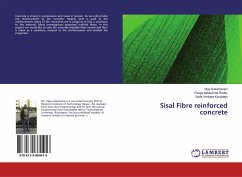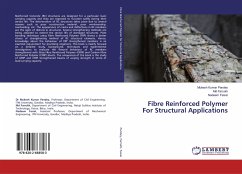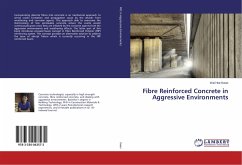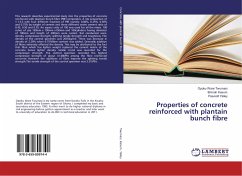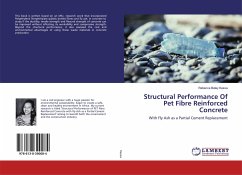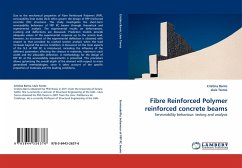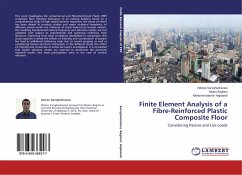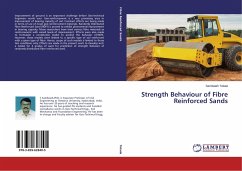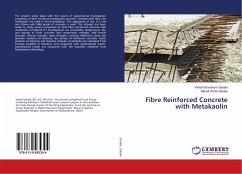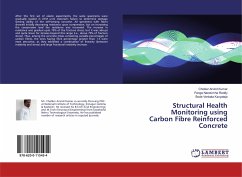
Structural Health Monitoring using Carbon Fibre Reinforced Concrete
Versandkostenfrei!
Versandfertig in 6-10 Tagen
27,99 €
inkl. MwSt.

PAYBACK Punkte
14 °P sammeln!
After this first set of elastic experiments, the same specimens were gradually loaded in UTM until material's failure to determine damage sensing ability of the self-sensing concrete. All specimens with fibers showed initially decreasing resistance upon compression, but on increasing the compressive load the resistance also increased. The increase in resistance was gradual upto 75% of the fracture stress, but it was abrupt and quite linear for stresses beyond this range (i.e., above 75% of fracture stress). Thus, among the concrete mixes containing variable percentages of carbon fibres, the on...
After this first set of elastic experiments, the same specimens were gradually loaded in UTM until material's failure to determine damage sensing ability of the self-sensing concrete. All specimens with fibers showed initially decreasing resistance upon compression, but on increasing the compressive load the resistance also increased. The increase in resistance was gradual upto 75% of the fracture stress, but it was abrupt and quite linear for stresses beyond this range (i.e., above 75% of fracture stress). Thus, among the concrete mixes containing variable percentages of carbon fibres, the ones having fibre percentage greater than 1.5 were most attractive, as they exhibited a combination of linearity (between resistivity and stress) and large fractional resistivity increase.



